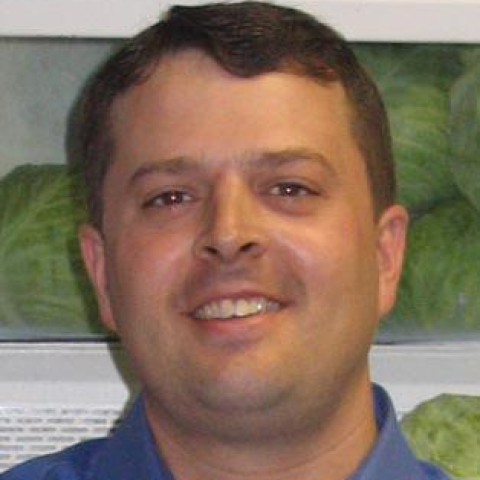Organic and natural foods marketers reached a new low after the detection of Bovine Spongiform Encephalopathy (BSE) in a single cow imported into the United States. In the immediate wake of the discovery, scores of organic food companies, advocacy organizations, and trade groups attempted to exploit the heightened fears of American consumers by falsely promoting their higher-priced products as being safer and healthier. Ronnie Cummins, head of the Organic Consumers Association, actually admitted that he is hoping for a "crisis of confidence" in the U.S. food supply so that consumers will turn to higher priced organic fare.
He and his friends certainly did their part to foment such a crisis. In the few days right after the United States Department of Agriculture (USDA) announced its discovery, nearly fifty press releases were issued attempting to influence media coverage. Groups such as People for the Ethical Treatment of Animals (PETA), the Chef's Collaborative and the Organic Consumers Association (OCA) were quoted repeatedly in the news media. But this being a food safety issue, I'd suggest listening to actual food safety experts rather than the president of the company selling Gardenburgers, who also joined the chorus of opportunists.
What do the experts and scientists say? A 2001 study by the Harvard Center for Risk Analysis characterized the danger to human health from mad cow disease in the U.S. "extraordinarily low." Why? Aside from the fact that beef is one of the most heavily regulated and vigorously tested foods within the safest food system ever devised, the mad cow epidemic in the U.K. taught the entire world exactly how to stop and prevent mad cow disease. Programs were put in place to ensure that we would not see the same thing happen here.
Consumers rightly have faith in this system. A recent Gallup poll showed that nearly 90 percent of Americans continue to buy and eat beef. Good for us! But the fear-mongers are still trying.
We've just been told by environmental activists to avoid eating farm-raised salmon because of supposedly high levels of cancer causing pollutants. Never mind that the levels found are 40 times lower than the safety limits set by the U.S. Food and Drug Administration, World Health Organization, and Europe. Remember Alar? In 1989, 60 Minutes devoted a segment to a report that linked Alar, a chemical growth regulator used on apples, with cancer. The report's science was subsequently discredited, but it still caused hundreds of millions of dollars in market losses, the bankruptcy of apple farmers, and the manufacturer's withdrawal of Alar from the market.
The coordinated lobbying efforts behind these food scares attempt to drive the American consumer into buying premium-priced "organic" and "natural" products. More and more we are seeing a range of oft-touted "socially responsible" companies, such as Stonyfield Organic Yogurt and Whole Foods Markets, funding and joining food fear campaigns to try and sell more of their products. But these campaigns aren't about facts and safety, they are about sales. For example, organic beef is not any safer from Mad Cow disease than non-organic beef, despite the higher price, because the entire U.S. food system is equally well protected.
Other examples, often repeated by unwitting journalists, include that fact that organic farmers can and do use hormones and pesticides. Organic standards do not prohibit farmers from using reproductive health hormones in their breeding programs. As for pesticides, organic farmers are allowed to use any of a number of toxic chemical pesticides, including one chemical deemed a human carcinogen by the EPA. There is simply no such thing as "pesticide-free" farming. In fact, many of the newer synthetic pesticides used by non-organic farmers are safer for both people and the environment than organic alternatives.
"People who study fear have never seen a period in which rational sources of it were in such short supply. In response, politicians, interest groups and the media have served up a smorgasbord of overblown frights to fill the American appetite," writes Wall Street Journal reporter Jonathan Eig. "It is very easy to engage in fear based on stories, and very hard to calm people based on what appear to be dry statistical records," says Steven E. Hyman, director of the U.S. National Institute of Mental Health in Eig's article.
The "dry, statistical records" of a single, lone mad cow found in the United States and no indications that consumers were exposed to any measurable risk seem to be calming the consuming public. To react otherwise would be very mad indeed.
















